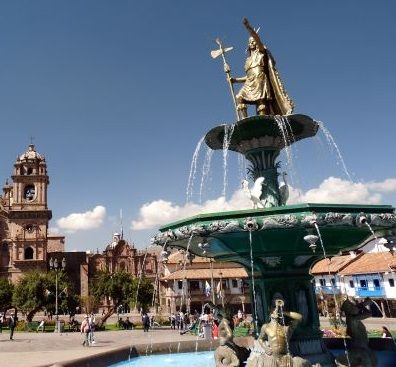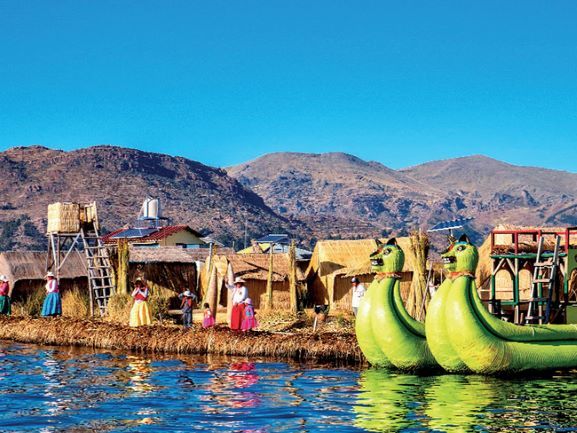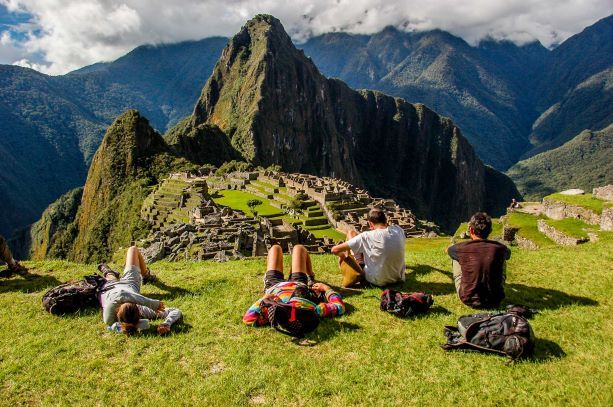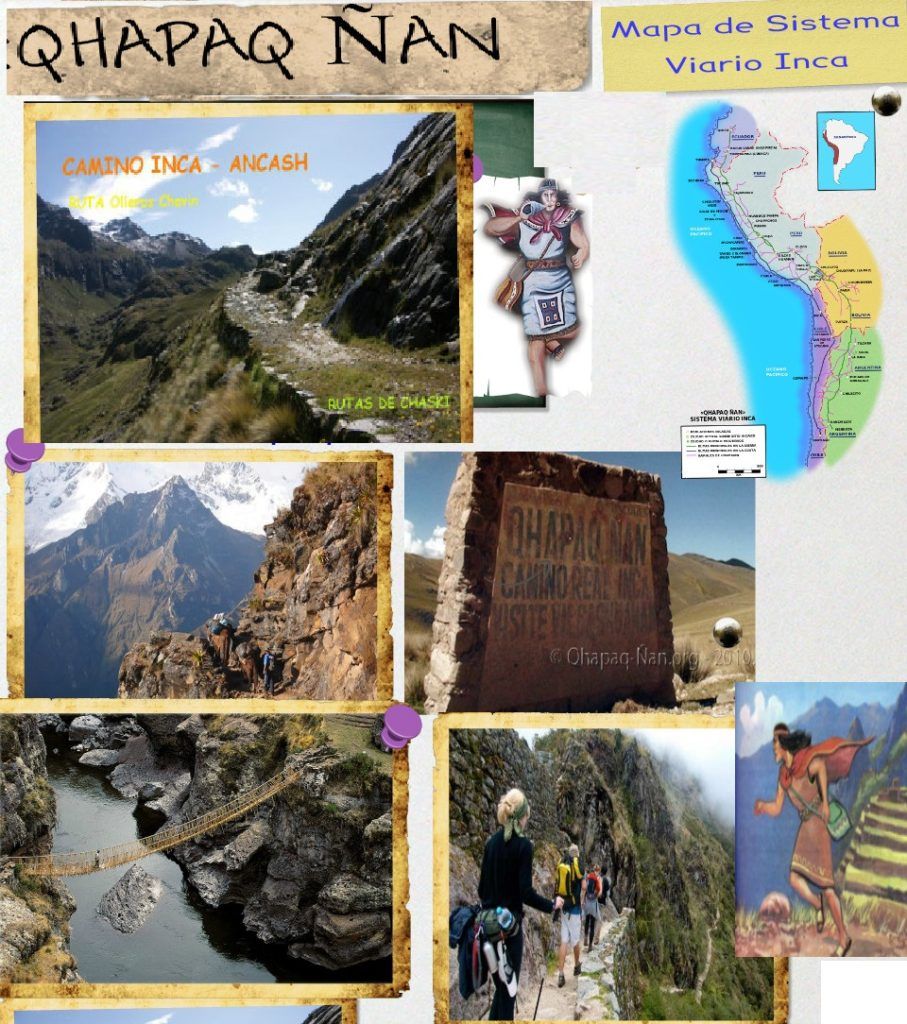First sovereign of the so-called Inca historical Empire (1438-1471). Endowed with great military talent, he began the expansion of the Inca Empire beyond the borders of present-day Peru: to the north, he conquered the Chimú and Quito kingdoms, and to the south he reached the Nazca Valley.
In order to impose its dominion over a complex mosaic of more than 500 tribes, with disparate languages, religions and customs and based in distant geographical areas, Pachacuti Inca Yupanqui repressed with extreme harshness the rebellions of the subjected peoples and did not hesitate to deport the most conflictive groups far from their regions of origin.
Who was Pachacuti Inca Yupanqui?

Pachacuti Inca Yupanqui was the son of the Inca Wiracocha and the Coya Mama Runtu, who called him Cusi Yupanqui. He was born in Cusco around the year 1410. From a very young age, he showed aptitudes for government and conquests; however, he was unjustly relegated to the benefit of Urco, a prince of insufficient merit.
Works by Pachacútec in Perú
Manco Cápac was the founder of the Empire of the Incas, but it was pachacutec, who expanded the empire of the Incas. After subduing the Chancas, he undertook several campaigns to conquer and annex kingdoms and manors that possessed fertile farmland and settlers capable of providing workforce for the people of Cusco. He undertook the task of subduing his strong neighbors, the Ayarmacas; He succeeded in defeating and capturing his king Tocay Capac.
Then Pachacuti Inca Yupanqui defeated the Urubamba tambos advancing towards the lands of Piccho, Vitcos and Vilcabamba where he ordered the construction of some defense and shelter llaqtas for emergency cases. Obeying his expansionist vocation, he annexed the Soras and Lucanas of Ayacucho and sent his brother Capac Yupanqui to conquer the Chincha, Huarco, Ishma, Yauyos, Huancas, Taramas, Pumpus, Conchucos and Cuismancus.
Meanwhile he subdued the collas of Lake Titicaca and then went to Condesuyos where he conquered all the lordships of Arequipa. He sent his son Amaru Yupanqui to conquer the ponds and later to Túpac Yupanqui to the Yarowilca and Chimú kingdoms.

All these campaigns were harsh but victorious for the Incas who became the new masters of the Andean world. The Transformer of the World, Pachacútec, also had a great administrative work. The new role of the Incas in the Andean space generated new needs and tasks that were dealt with effectively.
The Sapan Inca undertook the reconstruction of Cusco; a new plane, whose contours form a sacred puma, served as the basis for the enlargement of the llaqta, employing thousands of mitayos (shift workers) from the subjugated nations, mainly Aymara, experts in stone construction. He put special interest in the construction of the majestic Coricancha, the Sun god temple, where the old Inticancha used to be.
For the god Wiracocha he built the Quishuarcancha and for Illapa, Sacsayhuamán. He also ordered the construction of the acllahuasi (house of the chosen ones), the poquencancha (historical museum) and the Sancayhuasi (prison) and outside of Cusco he ordered the construction of llaqtas (administrative centers) at the service of the Empire such as Ollantaytambo, Machupicchu, Vilcashuamán, Huayará, Tambo Colorado and Huánucopampa.
Pachacuti Inca Yupanqui is credited with the implementation of the system of mitmak or mitimaes (transferred peoples) for the purpose of colonizing the conquered areas. He established the confiscation of land “for the sun” and “for the Inca,” ordered the construction of irrigation canals, platforms (agricultural terraces) and colcas (state warehouses or pantries) in all regions of the empire.
It connected all the llaqtas (cities) by building and expanding the Capac Ñan (road network) and in its sections, tambos (rooms) were built where the imperial officials or servants rested and supplied themselves.
The chasquis service (messengers) and the training of quipucamayoc (accountants) contributed to speed up communications and save them for state purposes. Likewise, he divided the Empire into four his (regions), and these into huamanis (provinces).
He established a network of officials loyal to the Sapan Inca: Suyuyuc Apu, for the regions; Apunchic, for the provinces; Tucuy Ricoc, to supervise the work of the curacas in their ayllus or communities.
He prioritized the cult of the Sun and ordered the construction of many temples in his honor, also secured lands and mitayos (shift workers) for the support of the tarpuntaes and vilcas (priests). It complemented its integrative work by establishing the use of Quechua or Runa Simi as the official language of Tahuantinsuyo.
Pachacútec was the builder of Machu Picchu

According to the investigations carried out with carbon 14, the citadel of Machu Picchu was built in 1450 when the empire of the famous Inca Pachacútec ruled. For its construction it brought groups of thousands of men belonging to the recently conquered peoples from distant lands.
The construction of Machu Picchu by Pachacútec had several reasons. The first is that it served as a provisional residence for the Inca Pachacutec and his family. It is also believed that it served as a lookout post over the eastern kingdoms. Finally, it was used as a temple and a place of residence for approximately a thousand people.
According to some chroniclers, the true name of Machu Picchu is ‘Patallaqta’, the place that Pachacutec would have chosen to be buried. Some researchers suggest that there is the mummy of the Inca. Others believe that it is located in the San Blas neighborhood in the city of Cusco. Some even point out that he is buried under the San Andrés hospital in Lima. The truth is that no one has found these remains.
Other works by Pachacútec in Perú
- Reconstruction of the Coricancha temple in the city of Cusco.
- Beautification of the city of Cusco, with squares, neighborhoods and palaces.
- Reconstruction of the Coricancha fortress.
- Construction of the citadel of Ollantaytambo in the Sacred Valley.
- Construction of hundreds of kilometers of the ‘Qhapac ñan’ road network.
- Establishment of the Wawa Inti Raymi festival.
- Obligation of labor for the benefit of the Inca state.
- Establishment of the sun as the supreme god of the empire.
Tours to see the works by Pachacútec
- City Tour Cusco
- Sacred Valley Tour
- Maras and Moray Tour
- Sacred Valley and Machu Picchu Tour 2 Days
- South Valley Tour
- Historical Cusco Tour 3 Days
- Cusco Tour 5 Days
Death
Pachacuti Inca Yupanqui died naturally at the height of the empire, was recognized and valued as the greatest Sapa Inca for his contributions to the expansion and consolidation of the nascent Inca Empire. His mummy was carried in his tiana or seat, carried by the great lords to the Aucaypata square, where he was paid homage.
The royal funeral began with the meeting between the mummies of Pachacútec and Huiracocha Inca, his father. The late sovereign was dressed in sumptuous gold and silver blankets and ornaments, as well as a feathered headdress and a coat of arms. Finally his mummy was placed in the center of Tococache (current San Blas neighborhood, in Cuzco) in a temple dedicated to thunder that he himself ordered to be built.
Succession
The succession in command of the Inca Empire was assumed by his son, Túpac Inca Yupanqui, with whom he had co-governed during the last years and who had shown great warrior and conquering prowess in the expeditions that Pachacútec had commissioned him so much towards the north and south of the imperial territory.
In this way, without any objection, Túpac Yupanqui would wear the mascaipacha and completely assume the government of the Tahuantinsuyo, after the death and royal funeral of his father.
Legacy

The figure of Pachacútec in Perú, given the implication and connotation of his title in Quechua: the one who transforms the world, has been the subject of innumerable discussions according to the mythical and idealistic vision that is held about him and the consolidation of the Inca Empire, for the Andean vision.
Other historians emphasize his historical figure and tend to consider him as one of the main figures in the development of pre-Columbian civilizations, as, for example, the British historian Sir Clement Markham would say of him: “The greatest man that the aboriginal race of America has produced.
“; 10 other historians and chroniclers compare his figure with that of an American Charlemagne, referring to the expansion of the Inca State and the consolidation of the empire that he achieved; and even that of Solón, emphasizing the gifts of legislator and statesman that Pachacútec is said to have had.


